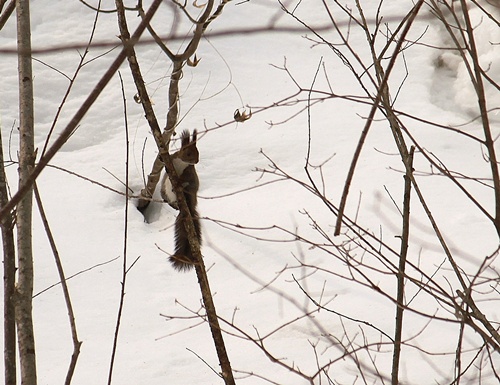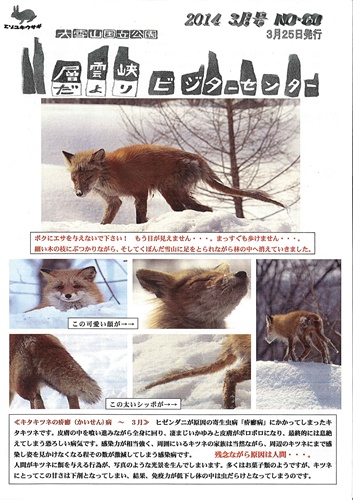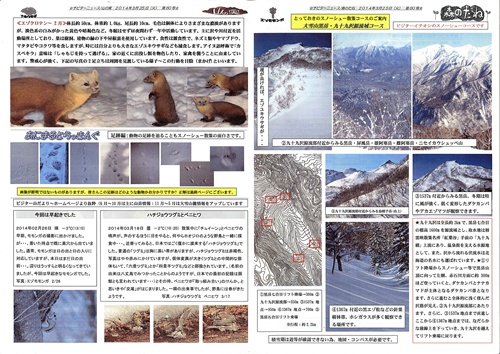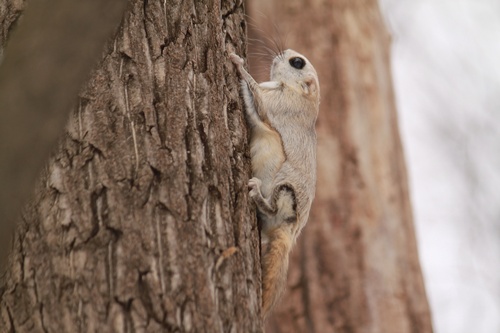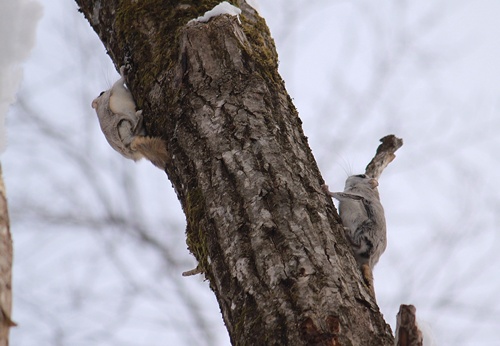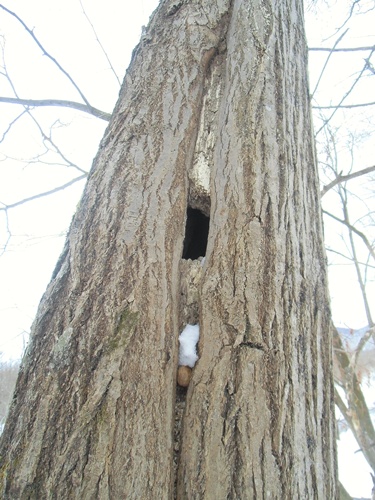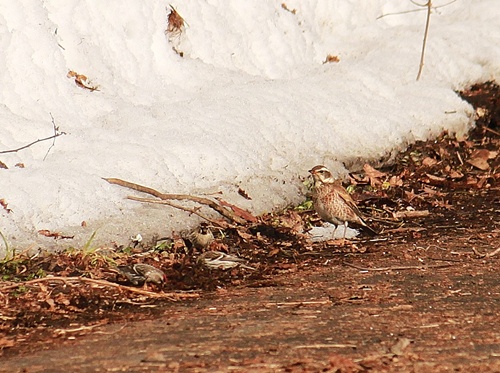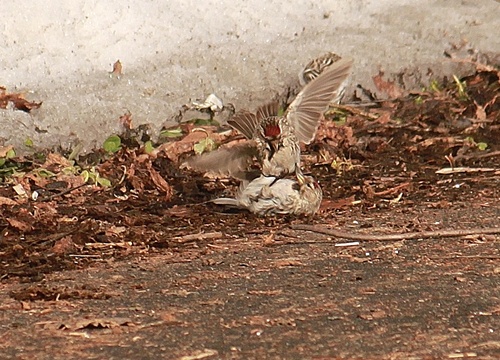I recently took a walk into the forest. Although I was not necessarily looking for Sciurus vulgaris orientis to photograph, I encountered one some distance away. It was the first one I’d seen in quite a while.
I wanted to get closer to take a close-up, but unfortunately I was not wearing snowshoes and conditions are still not right for walking on the snow without them.
The temperature has been rising recently. The thermometer outside the center today read 8°C which is the highest temperature we’ve had this winter since December.
Given the slightly wet snow in the forest, animal tracks tend to disappear. Even so, I am now beginning to see some large tracks.
If you’re planning to enter the forest, please take proper precautions, like carrying a noisemaker.
Photo: Sciurus vulgaris orientis Mar. 25
I wanted to get closer to take a close-up, but unfortunately I was not wearing snowshoes and conditions are still not right for walking on the snow without them.
The temperature has been rising recently. The thermometer outside the center today read 8°C which is the highest temperature we’ve had this winter since December.
Given the slightly wet snow in the forest, animal tracks tend to disappear. Even so, I am now beginning to see some large tracks.
If you’re planning to enter the forest, please take proper precautions, like carrying a noisemaker.
Photo: Sciurus vulgaris orientis Mar. 25
